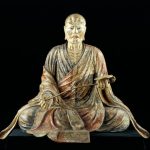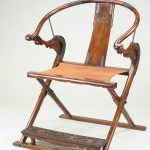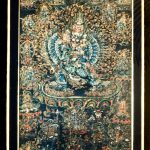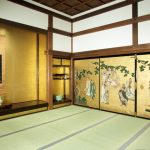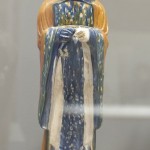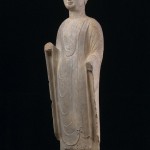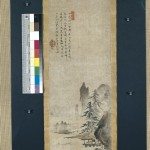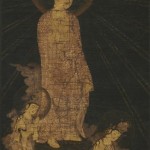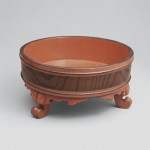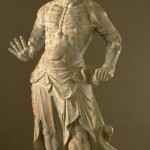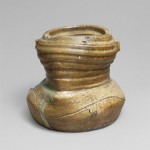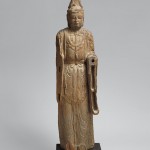Tibetan Buddhist Shrine resource page
Welcome to the resource page for the Tibetan Buddhist Shrine!
We have some required cultural fluency training to complete for all guides.
Here is the video link of the Part 1 of the Cultural Fluency Training on August 26, 2024
Part 1 cultural fluency training 08.26.24
If you attended in person, here is a link to the feedback form.
If you were not able to attend, please take the time to complete the online feedback form below after watching the video, and you will receive the attendance credit:
Online form for attendance credit of Part 1, Tibetan Buddhism Cultural Fluency
Here is a link to Part 2 of the Cultural Fluency training, lecture with Matthew Welch:
9.17.24 Part 2 of cultural fluency training on Tibetan Buddhist Shrine
If you were not able to attend, please take the time to complete the online feedback form below after watching the video, and you will receive the attendance credit:
Online form for attendance credit of Part 2, Tibetan Buddhism Cultural Fluency
Here is a link to Thupten Jinpa’s lecture from the opening program:
Sacred Spaces in Tibetan Buddhism
Check out the Teacher’s Guide: Tibetan-Shrine-Teachers-Guide_FINAL-10.2024
Here is the Stop and Chat Tibetan training manual:
Tibetan Buddhist Shrine Stop and Chat 10.24.24 rev
and the additional text for the Prayer Beads:
For those with iPads, here’s a link to all mandala videos from Mia, on a YouTube playlist.
Here is the recording of the Stop and Chat:
Stop and Chat training 10.24.24
Here are the slides from the presentation:
Stop and Chat Tibetan Buddhist Shrine (1)
And here are Debbi’s notes on an overview of Tibetan Buddhism:
Here is a link to a Mia video on the making of the Green Tara sand mandala:
Green Tara Sand Mandala at Mia
Information on Tara:
Tara: A Powerful Feminine Force
Frontline: PBS, Understanding Tibetan Buddhism. Scroll to the end to open other sections.
For questions related to the Shrine Room’s provenance:
Tibetan Buddhist Shrine Room Provenance Statement
Resources from staff and speakers
From Professor Namdul:
- Tibetan Buddhist Centers in MN:
- Academic Courses at the University of Minnesota’s Tibetan Healing Initiative
From the Mia blog: The Tibetan Sand Mandala: A Short History
Check out Understanding Tibetan Buddhism from PBS Frontline (scroll to bottom of page to click on other sections)
Here is a video from the National Museum of Asian Art: Tea and Conversation: Tibetan Buddhist Shrines
Peer resources
From your colleague Jeanne Lutz, and article from Mill City News: Historical Tibetan Shrine Room at Mia
From Kate Christianson:
From your colleague Mary Costello, a video on lost wax casting: Lost-wax metal casting by The Rubin Museum of Art
From your colleague Marne Zafar, a video from a current exhibition on mandalas at the Met: Artist Interview—Tenzing Rigdol Commission-Mandalas | Met Exhibitions
An article by Bruce Robbins from 2021 Muse: Art and Ritual in Tibetan Buddhism Jun Muse 2021
From your colleague Deb Baumer: “Possibly this would be helpful to learn more about Tibetan Buddhism.”: Ancient Wisdom. Modern Times.
From your colleague Margie Crone, a film suggestion: Seven Years in Tibet, on Netflix
From your colleague, Lynn Brofman: “Cortland Dahl talks about Tibetan Buddhism with Sharon Salzburg on her Metta Hour podcast.
I thought it was an excellent description of unique elements of Tibetan practice.”

